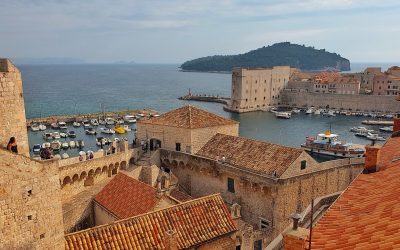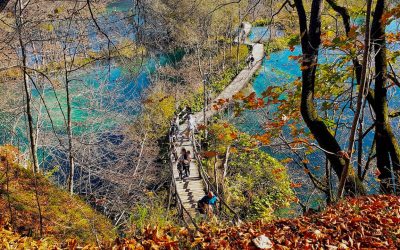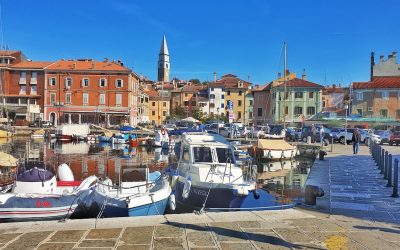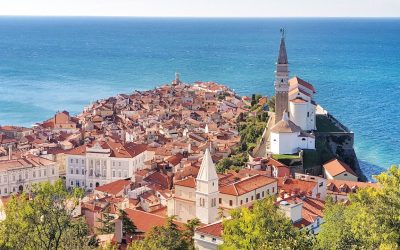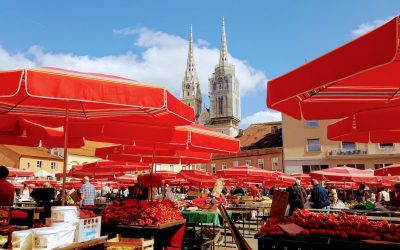“If you want to see Heaven on Earth come to Dubrovnik.” George Bernard Shaw As a full-time travellers since March 2016, I’ve learnt many...

croatia
croatia
Visiting Plitvice Lakes in your Motorhome
Your Guide to Visiting Plitvice Lakes, Croatia Waking up on the day of our visit to Croatia's iconic Plitvice Lakes, filled me with...
Our Nine Surprises of Slovenia
Slovenia may be a relatively new country that has emerged from the rubble of the Yugoslavia Federation although as a tourist destination...
A Guide to exploring Slovenia’s Riviera
SLOVEnia is a beautiful country with a gentle vibe that draws you into its graceful culture and laid back way of life. Yet when I think...
How to spend 24hrs in Zagreb
Little did we know how Zagreb would surprise and delight us. After a brief sojourn in Hungary, we met up with friends who had Croatia on...
Follow us
You can find us on social media,
different channels for different content.

